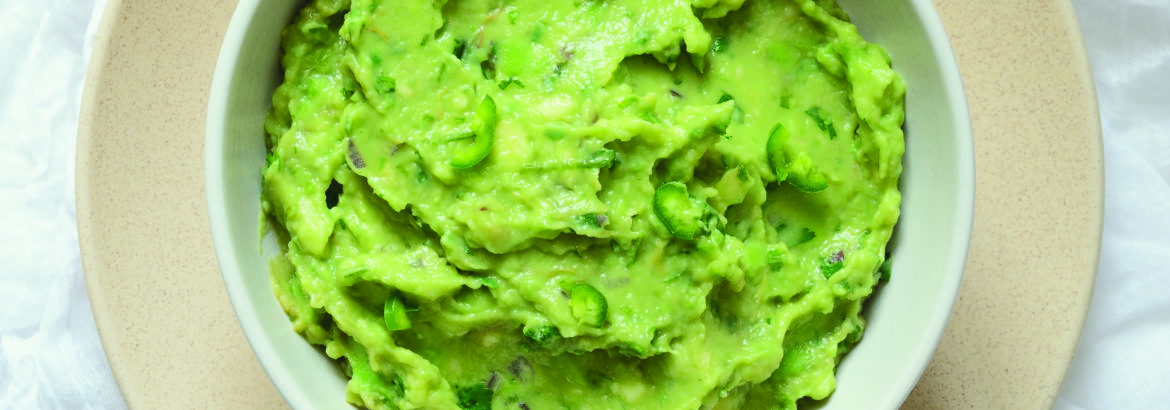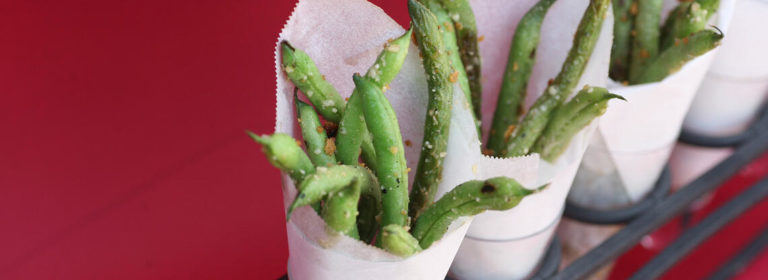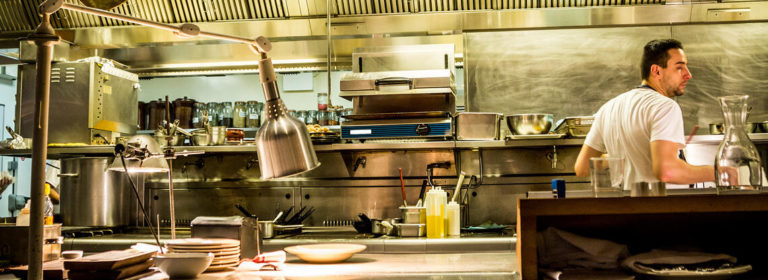Labor remains a chief concern in all of today’s industries, but foodservice has been hit particularly hard. Skipping the manual prep can not only reduce employee hours, but will also save storage space, increase food safety, and reduce staff injuries.
- Labor Savings: The stable cost of RSS products protects profit margins in today’s inflationary and labor-tight times.
- Quality Assurance: All RSS Avocado products come are covered by Markon’s 5-Star Food Safety Program that addresses five key points throughout production, including fields, packing/processing, transportation, distributor warehouses, and foodservice kitchens.
- Waste Savings: Reduce your trash footprint while lowering disposal costs.
- Health Safety: Pre-washed, pre-cut, and prepared, these products reduce cross-contamination risks.
- Staff Safety: No knives needed! The only thing cut is the risk for injuries.
Switching your avocado purchases to Ready-Set-Serve can save foodservice budgets thousands of dollars per year while maintaining quality integrity. Grown in the U.S. and Mexico with no preservatives or fillers of any kind—which product is right for your needs?
- Halves: Peeled, pitted, and packed in easily opened portions, these ripe halves are ideal when your operation wants to make scratch recipes without the mess and waste. Mash and add your secret ingredients for the perfect guacamole or slice and serve on top of proteins, salads, and burgers.
- Pure Pulp: This pack takes it one step further by puréeing avocados to a smooth, spreadable consistency perfect for sandwiches and wraps.
- Chunks: Puréed with some chunky bits that lend texture to house guacamole and other avocado dips, this pack is thick and creamy.
- Pico de Gallo Guacamole: Just open, stir, and serve—this product is ready to go upon delivery with three different flavor profiles to choose from, including regular, tomatillo, and extra spicy.




